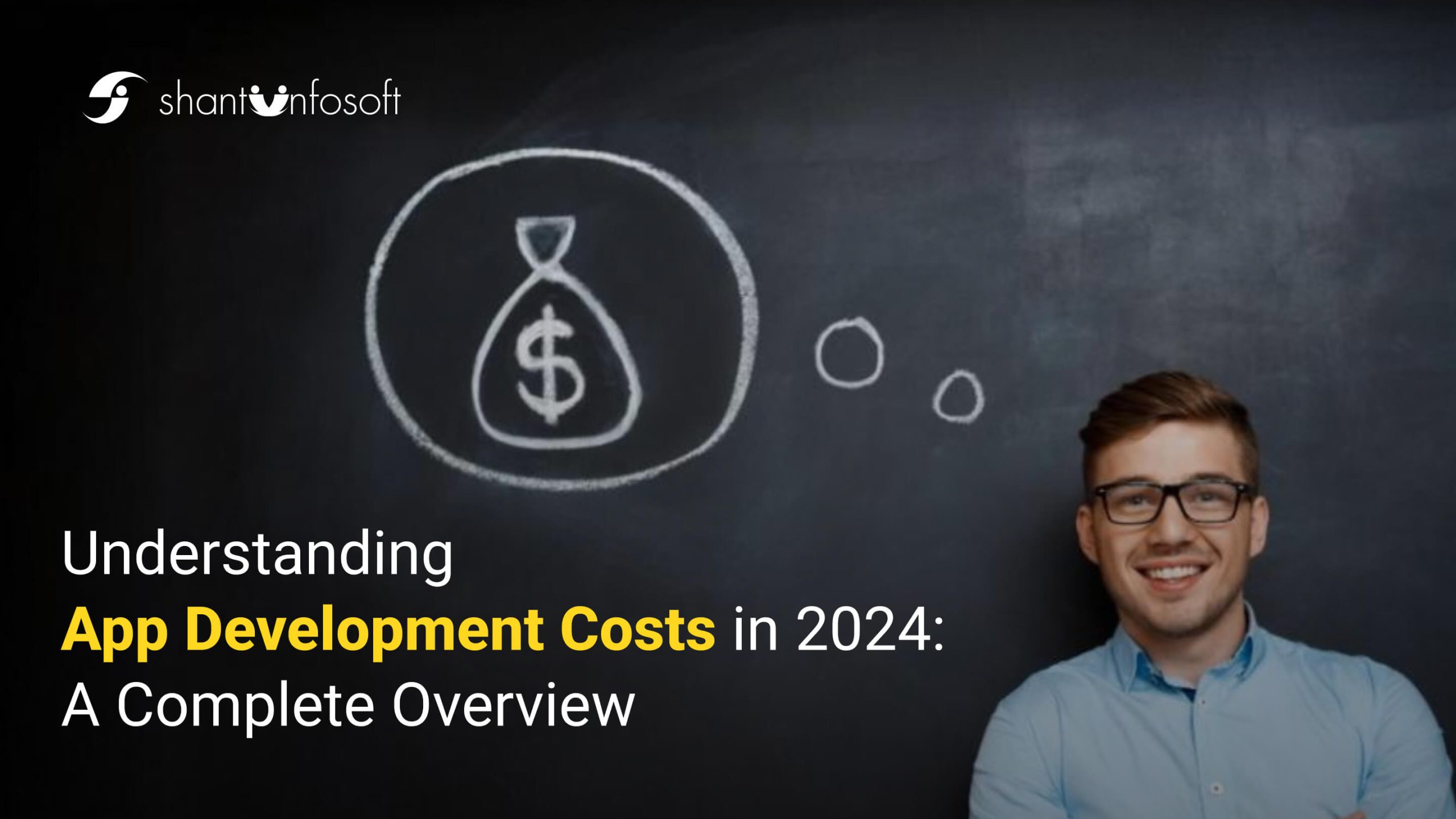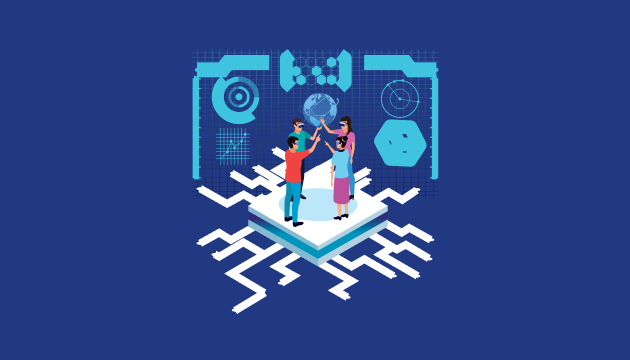How to Create Better Story Point Estimates
Agile software development

Story point estimation is a crucial aspect of Agile development that helps teams understand the effort required to complete user stories or tasks. Accurate and reliable story point estimates enable effective planning, prioritization, and resource allocation. In this blog, we will explore practical tips and strategies to help your team create better story point estimates for improved project planning and execution.
1. Understand the Definition of a Story Point:
To create better story point estimates, it is essential to have a clear understanding of what a story point represents. Story points are a relative measure of effort, complexity, and risk associated with completing a user story or task. They are not related to the time it takes to complete the story but rather provide a comparative assessment of effort. Ensure that your team understands and aligns on the definition of story points within your Agile framework.
2. Employ Relative Sizing Techniques:
Relative sizing techniques, such as the Fibonacci sequence or T-Shirt Sizes, can help create more accurate story point estimates. These techniques allow you to compare user stories against each other and assign story points based on their relative effort or complexity. By focusing on comparisons rather than absolute numbers, relative sizing techniques provide a more consistent and reliable estimation approach.

3. Collaborative Estimation:
Story point estimation should be a collaborative effort involving the entire team. Encourage open discussions and engage team members with diverse perspectives and expertise. By leveraging the collective knowledge and insights of the team, you can arrive at more accurate estimates. Techniques like Planning Poker or Dot Voting can facilitate collaborative estimation and ensure that everyone’s input is considered.
4. Break Down User Stories:
Large and complex user stories are often challenging to estimate accurately. Consider breaking down such stories into smaller, more manageable tasks or sub-stories. Breaking down user stories allows you to focus on specific components or functionalities, making estimation more granular and precise. Smaller stories are also easier to compare against each other, leading to more reliable story point estimates.

5. Revisit and Refine Estimates:
Estimation is an iterative process, and it’s essential to revisit and refine estimates as more information becomes available. As you progress through the project, gain a deeper understanding of requirements, or encounter new insights, adjust your estimates accordingly. Embrace the Agile principle of continuous improvement and adaptability to refine your story point estimates throughout the project’s lifecycle.
6. Learn from Retrospectives:
Retrospectives offer valuable opportunities to reflect on completed sprints or projects. Use retrospectives to gather feedback from the team regarding the accuracy of story point estimates. Analyze the discrepancies between estimated and actual effort and identify any patterns or lessons learned. Incorporate these insights into future estimation exercises to refine your approach and create better story point estimates.
6. Conclusion:
Creating better story point estimates is a continuous learning process that requires a combination of historical data analysis, collaboration, and a clear understanding of the relative effort and complexity of user stories. By following the tips outlined in this blog, your team can improve estimation accuracy, enhance project planning, and deliver successful Agile projects. Remember to embrace an iterative mindset, learn from past experiences, and continuously refine your story point estimation approach for ongoing improvement.







 Food & Beverage
Food & Beverage
 Sports
Sports
 News
News
 Manufacturing
Manufacturing
 Insurance
Insurance
 Healthcare
Healthcare
 Real Estate
Real Estate
 E-Commerce
E-Commerce
 Luxury
Luxury
 Fashion & Retail
Fashion & Retail
 Education
Education
 Tourism
Tourism
 Automobile
Automobile
 Media & Entertainment
Media & Entertainment











































